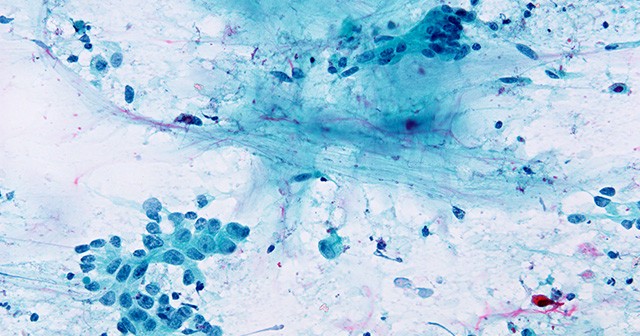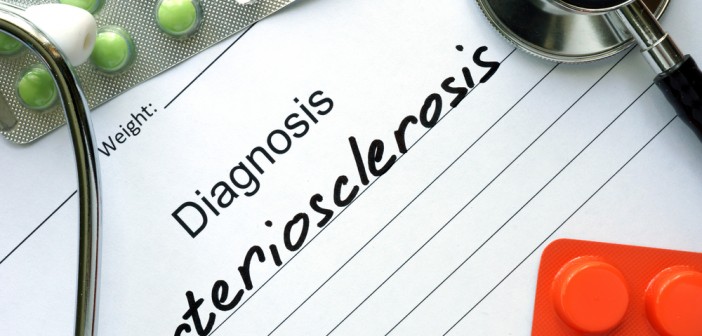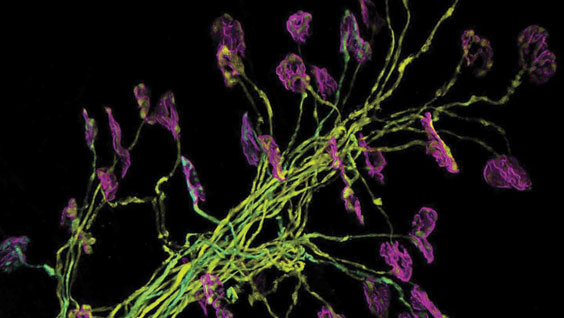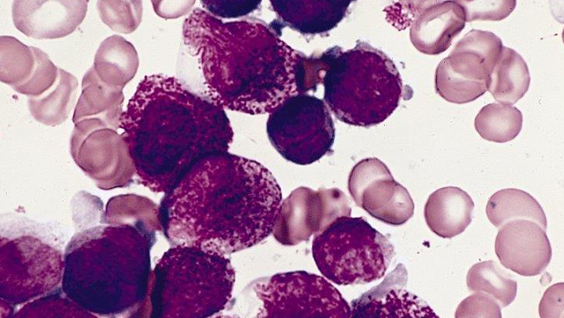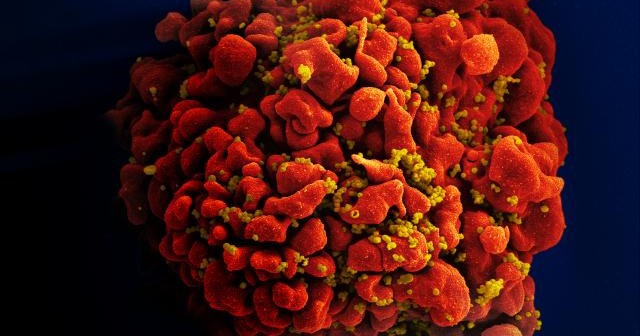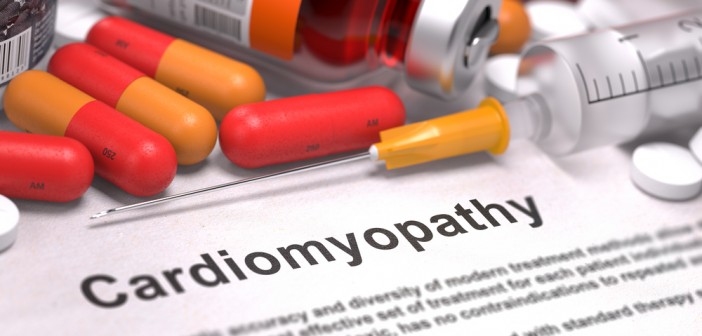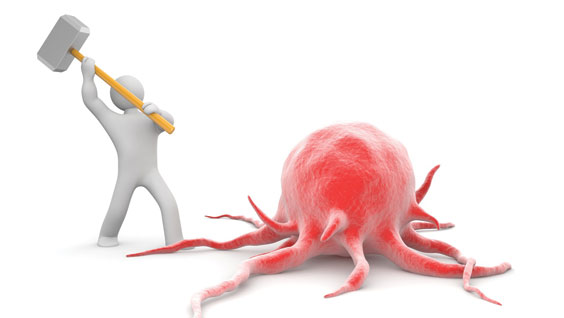A new study by researchers at SBP, the National Cancer Institute, and the Chulabhorn Research Institute has found that blocking the activity of a key immune receptor, the lymphotoxin-beta receptor (LTβR), reduces the progression of liver cancer. The results, published recently in the online edition of Gut, could provide new treatment strategies for the disease, which is the third leading cause of cancer-related deaths worldwide. Continue reading “Researchers find new method to halt the advance of liver cancer”
Researchers find new method to halt the advance of liver cancer
